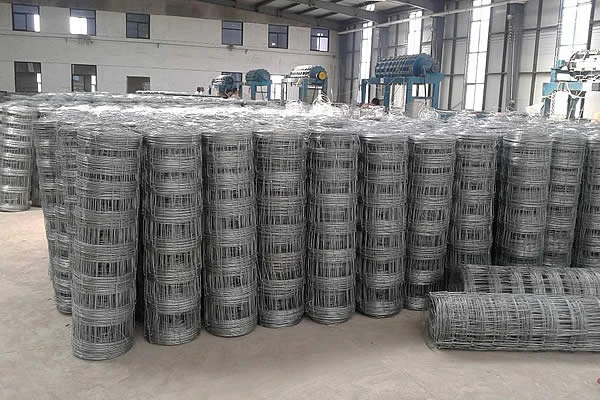 TEL:
+86-13102802206
TEL:
+86-13102802206
 Email:
fencenetting@china.com
Email:
fencenetting@china.com
 Language
Language
 TEL:
+86-13102802206
TEL:
+86-13102802206
 Email:
fencenetting@china.com
Email:
fencenetting@china.com
 Language
Language


Barbed Wire Fencing Installation A Comprehensive Guide
Barbed wire fencing is an effective and economical solution for securing agricultural land, properties, and perimeters. Its durability and ability to deter intruders make it a favored choice among farmers, ranchers, and property owners. This article provides an overview of the barbed wire fencing installation process, highlighting essential considerations to ensure a successful project.
Planning and Preparation
Before starting the installation, it is crucial to plan the layout of your fence. Measure the area where you intend to install the fence and mark the endpoints using stakes. Consider the purpose of the fencing; whether it's for livestock containment, security, or boundary definition, the design may vary accordingly. Furthermore, check local regulations regarding fencing heights and materials to ensure compliance.
Gathering Materials
The essential materials for barbed wire fencing include barbed wire, fence posts, fencing staples or wire ties, and tension wire. Wooden or metal posts can be used, with treated wood being preferable due to its resistance to weather elements. Barbed wire is typically sold in rolls, and the number of rolls required will depend on the length of the fence. Additional tools such as post hole diggers, a level, and a wire cutter will be necessary for installation.
Installation Process

1. Setting the Posts Begin by digging holes for your fence posts, typically 6 to 8 feet apart, depending on the terrain and use. The holes should be about 2 to 3 feet deep to provide stability. Place the posts in the holes and ensure they are vertically aligned using a level. Fill the holes with concrete or soil to secure them in place.
2. Attaching the Barbed Wire Once the posts are set, it’s time to install the barbed wire. Start with the bottom strand and secure it to the first post using fencing staples or wire ties. Gradually add additional strands—usually two to five—depending on the desired height. Ensure the wire is taut but not overly tight, as this can hinder flexibility and lead to snapping.
3. Tensioning the Wire To maintain an optimal tension on the wire, attach a tensioner to the end post. This tool will allow you to adjust the tightness of the wire as needed. Remember to check regularly for sagging, especially after extreme weather conditions.
4. Finishing Touches Once all strands of barbed wire are in place, trim any excess wire and secure loose ends to prevent injury. It may also be beneficial to add a warning sign indicating that the area is fenced with barbed wire, enhancing safety for both animals and people.
Maintenance
Regular maintenance is vital to ensure the longevity of your barbed wire fence. Inspect for rust, loose wire, or damaged posts frequently, especially after extreme weather events. Keeping vegetation away from the fence line can also prevent unnecessary wear.
In conclusion, barbed wire fencing installation can be a straightforward project with the right materials, tools, and methodical planning. By following these guidelines, property owners can create effective boundaries and enhance security efficiently and affordably.